Animals
-
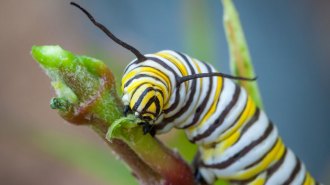 Life
LifeMonarch caterpillars head-butt each other to fight for scarce food
Video experiments show that monarch caterpillars turn aggressive when there’s not enough milkweed to go around.
-
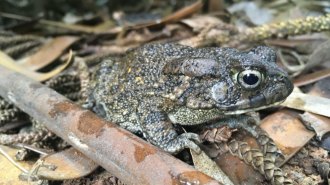 Animals
AnimalsGuttural toads shrank by a third after just 100 years on two islands
Introduced in the 1920s, toads on two islands in the Indian Ocean have shrunken limbs and bodies that may be evidence that "island dwarfism" can evolve quickly.
By Jake Buehler -
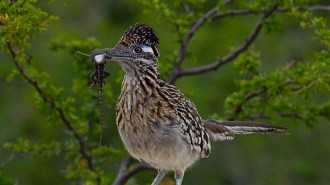 Animals
AnimalsHundreds of new genomes help fill the bird ‘tree of life’
More than 10,000 bird species live on Earth. Now, researchers are one step closer to understanding the evolution of all of this feathered diversity.
By Jake Buehler -
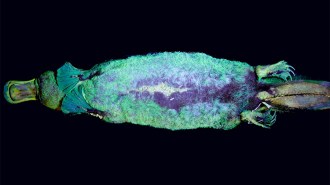 Animals
AnimalsA blue-green glow adds to platypuses’ long list of bizarre features
The discovery of platypuses’ fluorescent fur has researchers wondering if the trait is more widespread among mammals than anyone has realized.
-
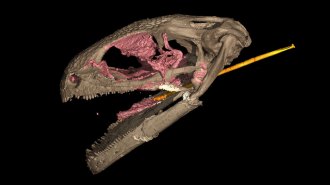 Life
LifeAn ancient amphibian is the oldest known animal with a slingshot tongue
A tiny amphibian that lived 99 million years ago waited for invertebrate prey before snatching them with a swift, shooting tongue.
-
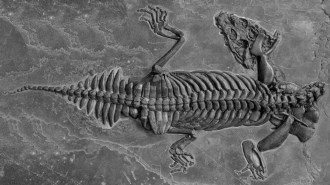 Animals
AnimalsA surprisingly tiny ancient sea monster lurked in shallow waters
Scientists have found a new species of marine reptiles called nothosaurs from around 240 million years ago.
-
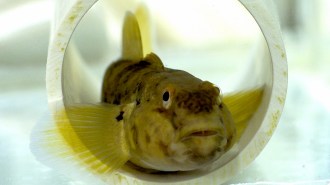 Animals
AnimalsA fish’s fins may be as sensitive to touch as fingertips
Newfound parallels between fins and fingers suggest that touch-sensing limbs evolved early, setting the stage for a shared way to sense surroundings.
-
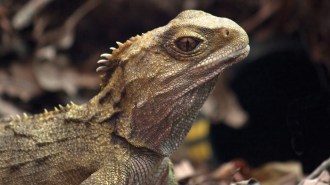 Animals
Animals‘Phallacy’ deflates myths about the penises of the animal kingdom
By touring nature’s many penises, Phallacy author Emily Willingham puts the human organ in its place.
-
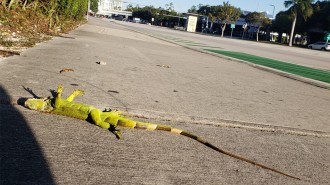 Animals
AnimalsHow frigid lizards falling from trees revealed the reptiles’ growing cold tolerance
Some Florida lizards’ ability to handle temperatures down to 5.5° C may provide clues to how they might deal with the extremes of climate change.
-
 Life
LifeOgre-faced spiders catch insects out of the air using sound instead of sight
A new study finds that ogre-faced spiders can hear a surprisingly wide range of sounds.
-
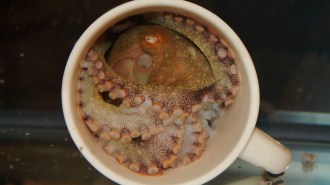 Animals
AnimalsHow octopuses ‘taste’ things by touching
Octopus arms are dotted with cells that can "taste" by touch, which might enable arms to explore the seafloor without input from the brain.
-
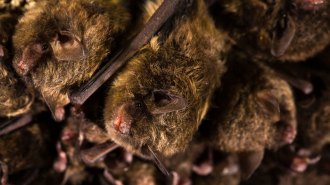 Animals
AnimalsWhy bat scientists are socially distancing from their subjects
Scientists are calling for a “hands-off” approach to research to decrease the chances of spreading the coronavirus to bats in North America.